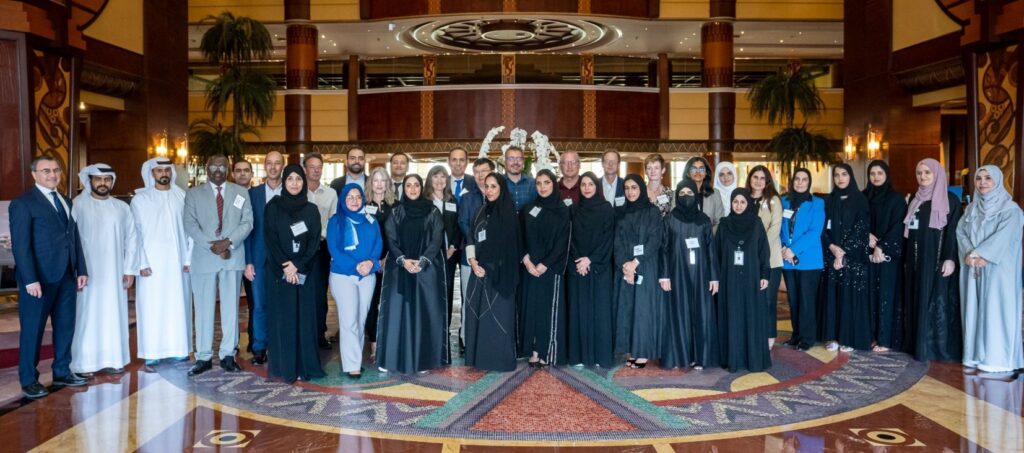Past Research
The UAE Project
I led a three-year project to quantify the number of annual deaths and illnesses attributable to pollutants in air, water, soil, and food in the United Arab Emirates. The results informed a strategic plan for investing in measures to decrease environmental impacts on public health in the UAE.
You can find a book about the project on Amazon.
In 2024, our team worked in collaboration with the Abu Dhabi Public Health Centre to complete the second phase of this project. This involved creating a research agenda and implementation plan to address indoor air quality issues in the UAE and updating the web-based burden of disease model for assessing the burden of disease attributable to ambient air pollution and climate change.

The Impact of Intensive Livestock Production on the Disease Ecology of Antibiotic Resistant Staphylococcus
I was part of a multi-investigator team that analyzed the risks for human health of antibiotic use in high-density hog farms. My students and I developed a Bayesian belief network model to predict the risks that humans will become infected with multi-drug-resistant Staphylococcus aureus as a result of intensive antibiotic use in hog farms. This research was funded by the National Science Foundation.
You can see a news story about the research project here.
Racial Disparities in Access to Public Water and Sewer Service in North Carolina
For the past three years, my students and I have been analyzing publicly available data to document racial disparities in access to community water and sewer service in North Carolina. We have mapped locations where such disparities exist, analyzed water quality in selected communities lacking access to public water, and analyzed the health implications. Our research is funded by the Robert Wood Johnson Foundation and the IBM Junior Faculty Development Award.
Related stories:
UNC Study Explores Reasons for Disparities in Access to Municipal Water and Sewer Systems in N.C.
Public Health a Low Priority for Water and Sewer Extensions, Study Finds
On-Line Decision Support Tools for Managing Emerging Pathogen Risks in Wastewater
With post-doctoral research Kelsey Pieper, my team built a Bayesian belief network model to predict risks to wastewater workers exposed to sewage from hospitals and other healthcare facilities treating patients infected by Ebola and other emerging pathogens. We analyzed the magnitude of these risks plus alternative approaches for improving worker protection. This work was funded by the Water-Environment Research Foundation.
Effects of Urban Form on Public Health
With doctoral student Ted Mansfield and others, my team explored how alternative designs for cities affect public health through effects on air quality and opportunities for walking and cycling. Our goal was to identify urban design features that minimize adverse environmental and health impacts—representing a re-establishment of links between urban planners and environmental engineers that began with the sanitarian movement in the late nineteenth century.
This work has been funded by the BlueCross BlueShield Foundation of North Carolina and by the North Carolina Department of Transportation. You can read news about some of our research here.
Vapor Intrusion Risks from Hazardous Waste Sites
Toxic waste sites where volatile chemicals have migrated into groundwater can contaminate the indoor air in overlying homes through a process known as vapor intrusion. With doctoral student Jill Johnston, I conducted a series of studies, including a field investigation, to develop improved methods to predict vapor intrusion risks. Jill, now Assistant Professor of Preventive Medicine, Keck School of Medicine, University of Southern California, is a leading expert on the vapor intrusion phenomenon.
You can find more information about the results of our work in several publications:
Screening Houses for Vapor Intrusion Risks: A Multiple Regression Analysis Approach
Community Perspectives on the Risk of Indoor Air Pollution Arising from Contaminated Groundwater